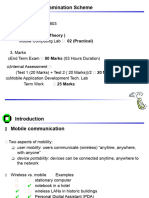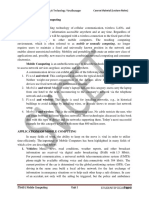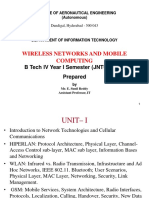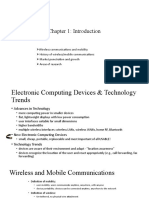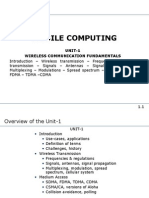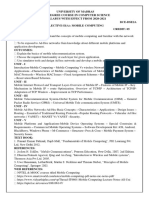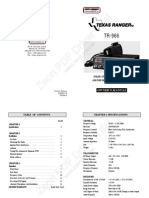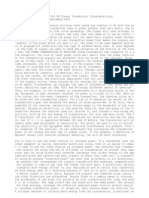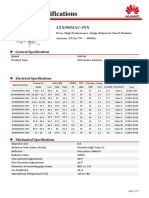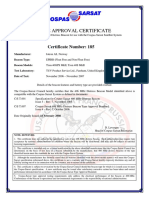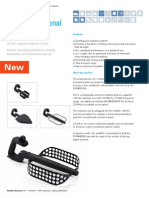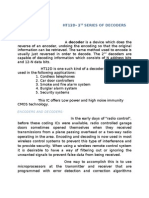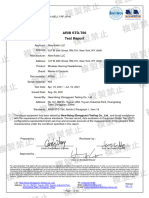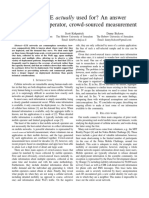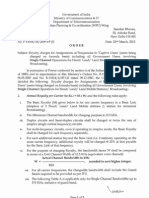0% found this document useful (0 votes)
6 views18 pagesMobile Computing1
The document outlines the course outcomes for Mobile Computing (CSC603) at the University of Mumbai, focusing on mobile application development, GSM, CDMA, Bluetooth technologies, and security algorithms. It discusses user mobility and device portability, emphasizing the importance of wireless communication in various applications such as vehicles and emergencies. Additionally, it highlights location-dependent services and their relevance in providing tailored information and support based on user location.
Uploaded by
mandarparab8114Copyright
© © All Rights Reserved
We take content rights seriously. If you suspect this is your content, claim it here.
Available Formats
Download as PDF, TXT or read online on Scribd
0% found this document useful (0 votes)
6 views18 pagesMobile Computing1
The document outlines the course outcomes for Mobile Computing (CSC603) at the University of Mumbai, focusing on mobile application development, GSM, CDMA, Bluetooth technologies, and security algorithms. It discusses user mobility and device portability, emphasizing the importance of wireless communication in various applications such as vehicles and emergencies. Additionally, it highlights location-dependent services and their relevance in providing tailored information and support based on user location.
Uploaded by
mandarparab8114Copyright
© © All Rights Reserved
We take content rights seriously. If you suspect this is your content, claim it here.
Available Formats
Download as PDF, TXT or read online on Scribd
/ 18

